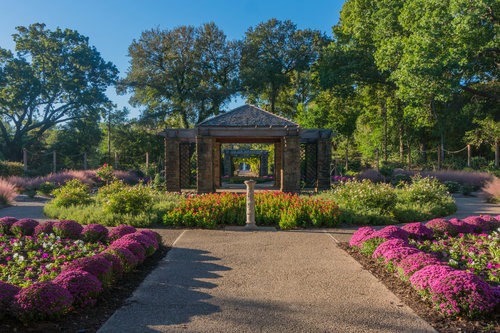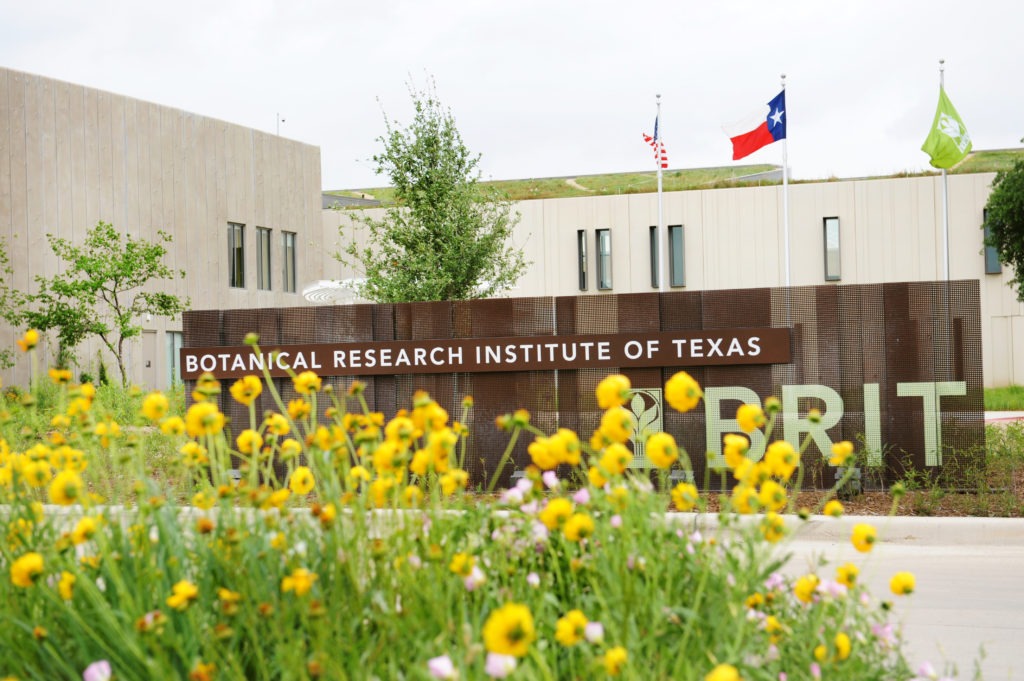The Mission of Fort Worth Botanic Garden| Botanical Research Institute of Texas is to:
Explore, Discover, Engage
We explore the critically important world of plants, collaborate to discover the role they play in our cultural and natural environments, and engage people to conserve nature and improve the human experience.
Our Vision reflects our highest aspirations:
To be renowned globally and treasured locally for exceptional and influential research, horticulture, and education.
Our History
The Botanical Research Institute of Texas (BRIT®) began in 1987 as a nonprofit overseeing the former Southern Methodist University 450,000-specimen herbarium and 75,000-volume botanical library relocated to a 20th century warehouse in downtown Fort Worth. The nonprofit eventually built and moved to a Platinum LEED-certified building on grounds adjacent to the Fort Worth Botanic Garden. Since that time, BRIT has grown into a renowned scientific research, education, and conservation center with a state-of-the-art molecular and structural lab, conservation seed bank, an established press and 1.5 million-specimen herbarium.
The Fort Worth Botanic Garden, the oldest major botanic gardens in Texas, opened in 1934 after a comprehensive plan was completed in 1930 for the development of Rock Springs Park that included a formal rose garden and a long vista through a natural grove of trees, connecting it with Trinity Park to the east. More than 80 years later, this City-owned, 110-acre Garden grew into a horticultural haven featuring 23 specialty gardens, including the Fuller Garden, Rose Gardens, Japanese Garden, Rock Springs Garden, Native Texas Boardwalk and more. The Garden’s 10,000 square foot conservatory contains plants from tropical rainforests all over the world and an on-site greenhouse is home to the largest begonia collection in North America.
On October 1, 2020, after two years of successful partnership initiatives (involving Education, Volunteer and Membership programs) the two organizations with similar plant-based missions combined to become a single nonprofit, setting into motion a series of actions — from the onboarding of a new CEO and creation of a transitional brand identity to merging cultures and the eventual creation of a new strategic plan.
For more information, read the history of the 2016 Strategic Plan that led to the combination of the two organizations and learn more about the history of BRIT.




